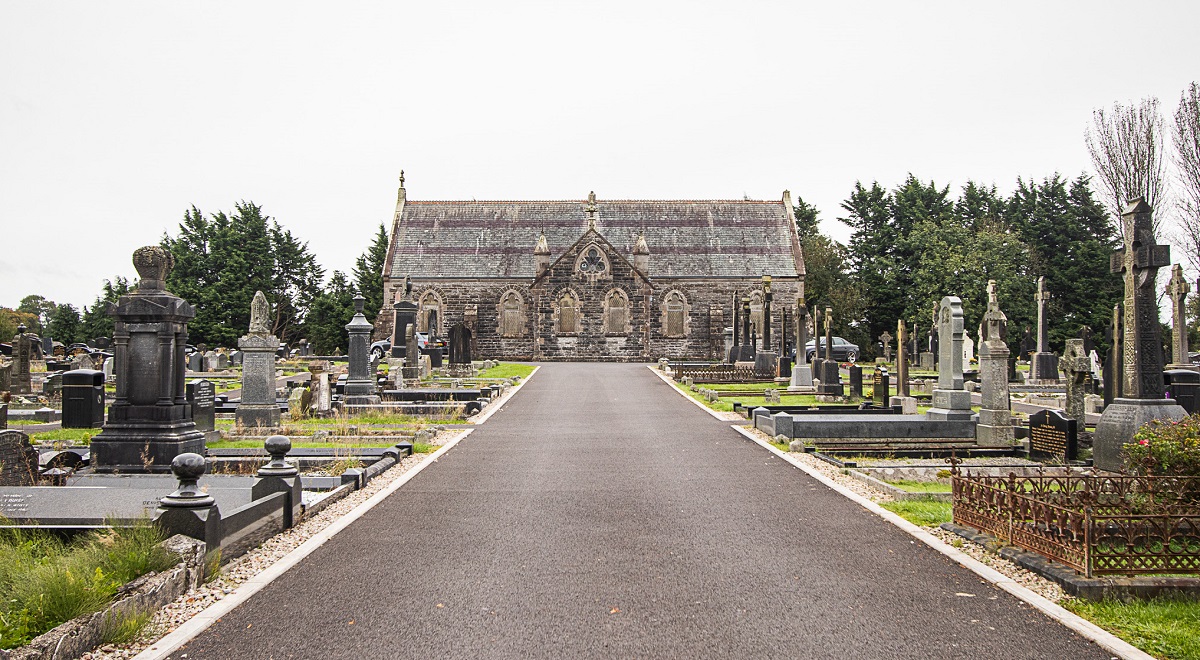“I wonder who will be the first person to be buried here,” remarked Charles Mullan at the official opening of Dublin Road Cemetery 120 years ago.
Little did the local politician and solicitor know that in fact HE would be the first individual to be buried in the new graveyard, after dying just a day later aged 38.
This is just one of many fascinating stories associated with the cemetery, which is probably best known for having a church in the middle, with Protestants buried to the left and Catholics to the right.
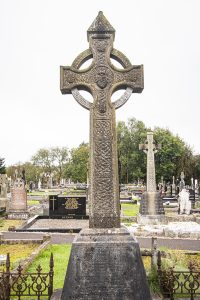
This council-owned and maintained graveyard holds 3,117 plots., Among those buried there are local people killed in both world wars and a Coolnagard man who died in a commercial aeroplane disaster.
Dublin Road Cemetery is still open for burials in existing plots, however there are no new plots for sale.
The last available plot was sold in 2007.
Like many old cemeteries, those graves with headstones have suffered years of deterioration from weathering, and the name of the deceased cannot be ascertained.
When the Dublin Road cemetery opened in 1902, it was shared equally between the Catholic and Protestant faiths.
Before then, Omagh’s main burial site was on the Blackfort Road in the Old Drumragh Cemetery.
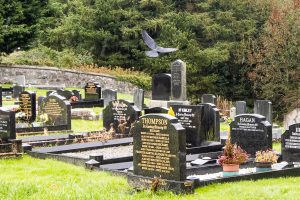
The church situated in the ‘dead centre’ of the Dublin Road Cemetery marks the split between the two faiths, with the Protestant graves to the left and the Catholic graves to the right
As well as sharing the graveyard, both faiths also shared the church building which was designed to hold both Catholic and Protestant services on opposite sides inside.
It is thought that the altar within seemed to be from a church that was located at Brook Street prior to the opening of Sacred Heart Chapel in 1899, though it is unknown when the altar was moved.
Records from the UH archive show that the Catholic side of the church building in Dublin Road Cemetery was rarely used for Mass. Instances from as far back as 1940 showed that Requiem Mass would be held in the Sacred Heart Chapel before burial at the Dublin Road Cemetery.
The church has been closed for more than 50 years.
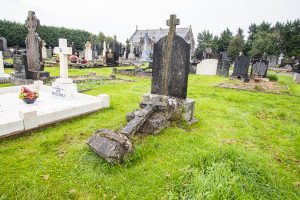
In 1981, proposals that the church building should be sold were thwarted by the council, despite letters from seven churches in Omagh reflecting little interest in the church and an interest to purchase from the Church of Jesus Christ and Latter-day Saint.
The cemetery itself contains the remains of some notable past residents.
Military headstones mark the final resting place of local men killed in both world wars, with heir name, regiment, and year of death recorded.
Another man buried here was one of the radio operators on Britain’s first jetliner, the de Havillion Comet.
Luke McMahon lived in Coolnaguard and attended the Christian Brothers Grammar School before furthering his studies in England, specialising in radio telepathy.
He then served in the Merchant Navy during World War II but joined the British Overseas Airways Corporation (BOAC) afterwards as a radio operator.
However, Luke’s career would prove short, as disaster struck the jet in 1954.
After 20 minutes of flight, the jet seemed to explode mid-air, killing everyone on board and plunging the ambitious aeroplane into the sea.
Luke’s remains were brought back to Omagh to be buried in the Dublin Road Cemetery.
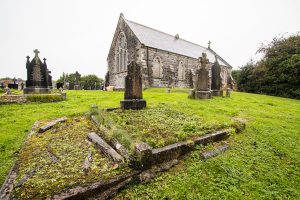
In the wake of the Omagh bombing, the cemetery witnessed the burial of 61-year-old local businessman, Sean McGrath.
He the last to succumb to his injuries following the blast in the town centre on August 15, 1998.
At Mr McGrath’s funeral, his body was drawn by horse and cart to the cemetery on Dublin Road.
Today, although no longer permitting new graves, the graveyard is still important to local families.
Though deteriorating as time passes, it holds great significance in Omagh’s shared history as townspeople come together, regardless of religion, to remember their loved ones.






